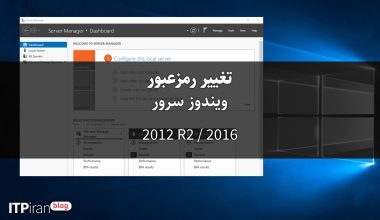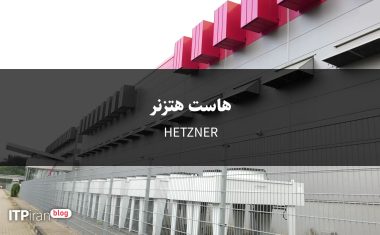Domain:
A domain is actually the name through which a website can be accessed.
In general, a domain consists of two parts: a name and an extension.
1- Extension:
Authorized and valid extensions are actually extensions that are approved and approved by a special committee, namely: ICANN Have been approved.
These extensions are technically Top Level Domains, or .com for short. TLD They are applied.
They can be divided into three general categories as follows:
– National suffixes (ccTLD) :
Different countries can also request an extension with their country code, which is a two-letter code.
The administration of these extensions, their rules, and their allocation will be at the disposal of governments or centers introduced by official authorities in each country.
For example, for ir domains, the official reference is the Iranian Theoretical Physics Organization (nic.ir).
Extensions that individuals and organizations with specific characteristics and activities can register domains on, or activities on these extensions must be subject to specific laws.
Such as: .gov, .edu, .co.ir, .org.ir, which require the submission of documents and compliance with specific rules during registration or during use.
– Generic extensions (gTLD):
These extensions are available for public registration and use and for any type of authorized (legal) use.
Registration of these domains is possible through companies called Registrars that have been declared valid by ICANN or their authorized representatives.
These extensions include .com, .net, .org, etc.

2- Name:
After choosing the extension, choosing a domain name is the most important part of a website address.
This name consists of 3 to 64 letters, numbers, or dashes (no spaces).
If you insist on registering a specific phrase as your domain name because it is already registered, you will have no choice but to check other extensions related to that name.
If your site address contains your trademark, you can register all its derivatives and combinations on different extensions to ensure easier access and protection of your brand.
Host (Host) :
In simple terms, hosting is the space where your site's information is stored.
This information can be website pages, images, CSS files, JavaScript, or any other type of file.
It is important to note that the connection between the domain and the host is established through name servers (DNS) that are configured on the domain.
Therefore, please note that after purchasing the desired hosting, be sure to inquire about the correct name servers of the relevant company, according to the plan you have purchased, and set them on your domain through the relevant panel or portal.
After doing this, when you enter your domain in the browser, the information located in your hosting space will be loaded and the domain will be connected to your host.
For example, the name servers (DNS) for Tajan Company's Windows services are ns9.tajansystem.com and ns10.tajansystem.com, and its Linux services are ns70.tajansystem.com and ns71.tajansystem.com.
Note that the nameserver settings will be fully applied after a period of time, depending on the domain extension.
For example, for domains with the .com extension, this time is less than ten minutes, and for domains with the .ir extension, this time may take up to 24 hours.

This space is located on the hard disk of servers with Windows or Linux operating systems (located in reputable domestic or foreign data centers), and the site's information can be available worldwide without the slightest interruption and at the highest possible speed, depending on the server power and appropriate communications of the relevant data center.
In order to provide the ability to manage this space (hosting), users are provided with the necessary access (username and password) to a web-based control panel.
There are different control panels depending on the operating system of the hosting servers.
For example, common control panels on Windows-based servers include Website Panel, Plesk, Helm, etc., and on Linux-based servers include Cpanel, DirectAdmin, Plesk, etc.
The ease of use and the features that a control panel offers to users are among the important factors of a good host.
When choosing the right hosting plan, you should pay attention to other parameters, including the amount of space, monthly traffic, number of email accounts, number of databases, etc., in addition to quality factors, and accordingly purchase the plan that suits your needs.











